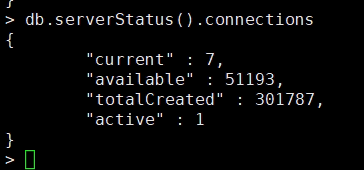用MSSQL实现关联查询的技巧(mssql关联查询)
Relational database management system(RDBMS),such as SQL Server and Oracle, provides mature and powerful database query function. Specifically, with MSSQL, developers can implement various complex and sophisticated SQL queries by utilizing a set of techniques to quickly retrieve the related data. Here we take MSSQL as an example and discuss some basic techniques on implementiing correlation query.
The most common correlation query is the “JOIN” query. In MSSQL, the “JOIN” command is used to join the related tables in the database. Take the student information system as an example, suppose we have two tables: one for student basic information and the other for student scores. We need to retrieve all student data and scores, and we could join these two tables by using MSSQL:
SELECT s.*,sc.*
FROM student_info AS s JOIN student_score AS sc
ON s.Stu_ID = sc.Stu_ID
Using the join query, we can retrieve the related data from different tables and concatenate them together.Different join types can also be used, such as inner join, left join and right join, to create more complex queries. In addition to join query, subquery and stored procedure can also be used to easily implement relational queries.
Subquery is an indispensable query method when dealing with related queries. Subqueries are defined as queries that can be embedded in other queries. Subqueries are very efficient in situations where a query is used to query the results of another query.
Take a student system as an example, we want to query the details of students who achieved the top three scores. We can use the following subquery to solve this problem:
SELECT *
FROM student_info AS si WHERE si.Stu_ID IN
(SELECT TOP 3 Stu_ID FROM student_score
ORDER BY score DESC)
In addition to subqueries, stored procedures can also be used to implement more complex relational queries. Stored procedures enable developers to bundle SQL commands for execution, providing an efficient and convenient way to solve complex query problems.
For example, when querying student information and scores, we can use stored procedures to save the SQL code used for query and return the results we want directly. The implementation of stored procedure is as follows:
CREATE PROCEDURE sp_getStudentInfo
@stu_id CHAR(20) AS
BEGIN DECLARE @Name CHAR(20);
SELECT @Name=name FROM student_info
WHERE Stu_Id=@stu_id -- Query Student Info
SELECT si.*,sc.* FROM student_info AS si
JOIN student_score AS sc ON si.Stu_Id = sc.Stu_Id
WHERE si.Stu_Id=@stu_idEND
In this way, with the use of the above three methods, developers can make appropriate use of them to achieve their desired results.
In addition, developers can also combine these techniques to achieve more complex queries, such as using JOIN query with subquery, or using JOIN query with stored procedure to query related data. Combined with other SQL techniques, developers can quickly construct various complex and efficient queries to quickly retrieve the data they want.



